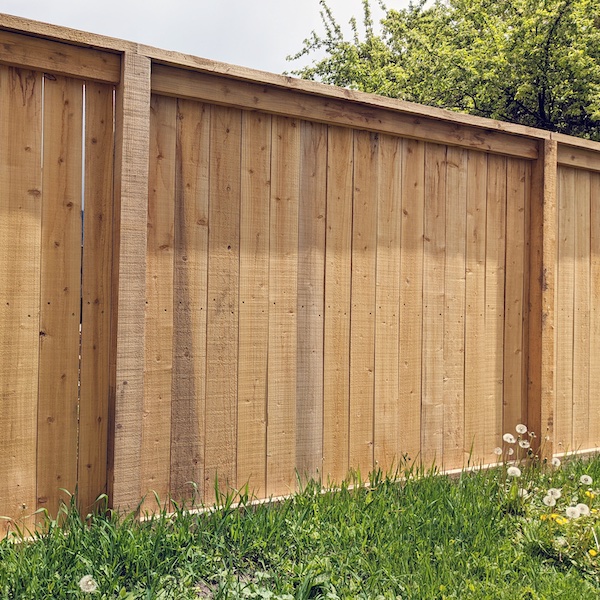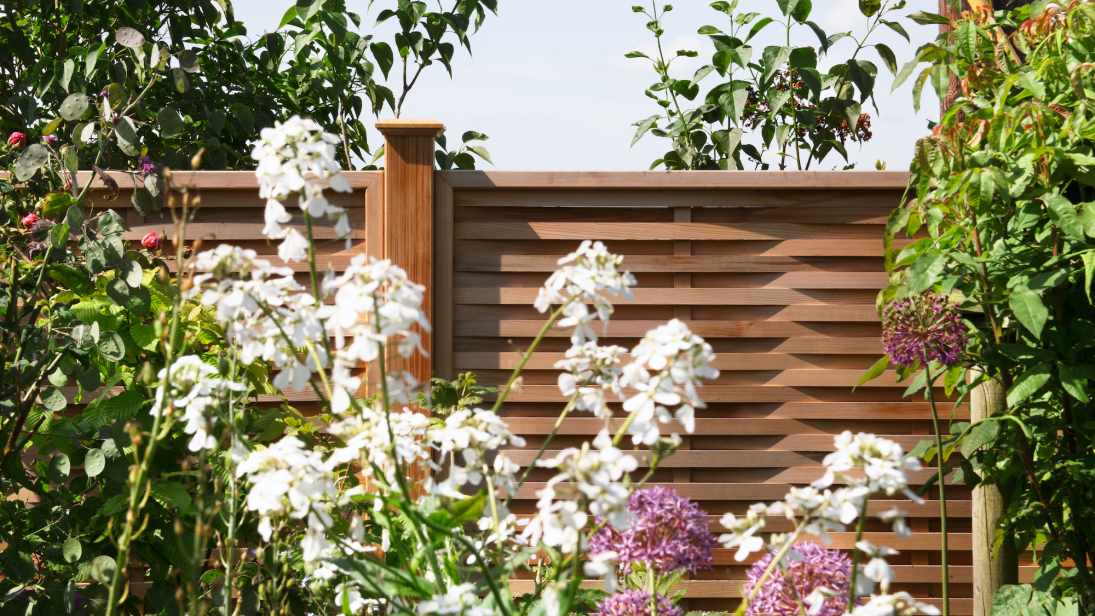All Categories
Featured

As home owners and companies alike come to be much more eco mindful, discovering sustainable and eco-friendly fence materials is an important factor to consider. Whether you're aiming to develop a fence for privacy, safety and security, or visual appeal, selecting materials that reduce your ecological impact can assist safeguard the earth. In this message, we will discover several environment-friendly secure fencing alternatives, each offering unique benefits for your residential or commercial property and the setting.
- Bamboo Secure Fencing: A Renewable Energy. Bamboo is widely acknowledged as one of one of the most lasting and environment-friendly fencing products offered today. As a yard as opposed to a tree, bamboo expands quickly and can reach complete maturity in simply 3 to 5 years, making it a very renewable energy.
Ecological Advantages: Bamboo absorbs much more co2 than several various other plants, aiding offset greenhouse gases. In addition, bamboo calls for marginal pesticides and plant foods, making it a much healthier choice for the environment. Resilience: Properly dealt with bamboo is immune to insects and dampness, suggesting it can endure the components far better than other wood alternatives. Aesthetic Allure: Bamboo supplies a clean, modern appearance that works well with numerous landscaping styles, from tropical yards to modern metropolitan styles. While bamboo secure fencing is resilient, it does need correct like preserve its longevity, such as regular cleansing and routine sealing.
- Recycled Wood Fencing: Granting New Life to Old Products. Recycled wood is an exceptional environmentally friendly selection for those that desire the natural appeal of wood secure fencing without contributing to logging. This product is frequently sourced from old buildings, pallets, or other repurposed timber products, minimizing the need for recently collected wood.

Ecological Benefits: Using reclaimed timber helps in reducing the requirement to lower brand-new trees and can likewise stop valuable materials from winding up in garbage dumps. Longevity: Depending upon the type of wood and therapy it gets, recycled timber fencings can be equally as resilient as brand-new timber, specifically if maintained properly with sealants and weatherproofing. Aesthetic Charm: Recycled timber fencings bring a rustic charm and can be discolored or painted to fit your personal design. The main factor to consider with recycled timber is its maintenance. Gradually, wood can come to be vulnerable to rot, insect damage, and weathering, so routine upkeep is necessary to prolong the life of your fencing.
- Steel Fence: Recyclable and durable. Light weight aluminum and steel fencing, particularly when sourced from recycled materials, supplies a strong, environment-friendly alternative to traditional timber fence. These steels are 100% recyclable, meaning they can be repurposed indefinitely without losing quality.

Ecological Advantages: Steels like light weight aluminum and steel minimize the demand for brand-new mining and resources extraction, both of which have considerable ecological effects. In addition, recycling metals requires less energy compared to creating new steel from resources. Toughness: Steel fencings are unbelievably solid, immune to weathering, and need little maintenance compared to wood choices. Visual Charm: Metal fencings can be designed in streamlined, modern-day styles, or more conventional appearances, giving versatility for any kind of residential property. While metal fencings are low-maintenance and resilient, they are not as reliable at offering privacy contrasted to wood or vinyl alternatives because of the areas between the slats or bars.
- Living Fencings: All-natural and Green. Living fences, made from dense bushes, shrubs, or trees, give a environmentally friendly and natural choice to standard fencing. Not just do they produce a privacy obstacle, yet they also add to the atmosphere by supporting wildlife and boosting air quality.
Environmental Advantages: Living fences soak up co2, improve dirt high quality, and give habitats for birds and various other wildlife. Furthermore, they reduce environmental pollution and boost air high quality by filtering pollutants. Toughness: While living fencings need more upkeep than various other materials (e.g., trimming, watering), they can be incredibly durable if properly kept. Aesthetic Appeal: Living fences develop a lovely, all-natural border that improves the landscape and provides a distinct and organic appearance contrasted to conventional secure fencing choices. The crucial downside of living fencings is that they need continuous upkeep and care, consisting of regular trimming and pest control.
- Hemp Fence: Solid and Sustainable. Hemp is a eco-friendly and fast-growing plant that can be made use of to create strong, green fence. Hemp secure fencing is made from natural hemp fibers, which are sturdy, biodegradable, and resistant to bugs.
Environmental Benefits: Hemp proliferates and needs little water or chemicals. It additionally aids sequester carbon, lowering greenhouse gases in the atmosphere. When the fencing is no more required, hemp is eco-friendly and can be composted. Sturdiness: Hemp is normally resistant to mold and mildew and bugs, which helps it hold up against numerous climate conditions and prevent making use of extreme chemicals. Sustainability: Hemp farming is less resource-intensive compared to other plants and assists maintain dirt wellness via crop turning. Hemp fences are a relatively brand-new option on the market, and they might not be as extensively readily available as other materials. Additionally, they may not be as frequently utilized for high-security applications.
Conclusion: Choose Eco-Friendly Secure Fencing for a Sustainable Future. There are numerous environment-friendly secure fencing products to take into consideration, each offering distinct advantages for your residential or commercial property and the atmosphere. Whether you choose bamboo, recycled timber, steel, living fences, or hemp, each option allows you to produce a beautiful and practical boundary while minimizing your environmental footprint. By picking lasting products, you contribute to a greener future and support the growing activity towards accountable construction and landscaping techniques.
Latest Posts
Montclare Auto Repair: Your Local Specialist for Professional Engine & Brake Work
Published Apr 19, 25
2 min read
Unlock Greater Profits with WyHy Money Market Accounts
Published Apr 19, 25
1 min read
Specials & Discounts: Enjoy Deals on Car Repairs at Montclare Auto Repair
Published Apr 19, 25
2 min read
More
Latest Posts
Montclare Auto Repair: Your Local Specialist for Professional Engine & Brake Work
Published Apr 19, 25
2 min read
Unlock Greater Profits with WyHy Money Market Accounts
Published Apr 19, 25
1 min read
Specials & Discounts: Enjoy Deals on Car Repairs at Montclare Auto Repair
Published Apr 19, 25
2 min read